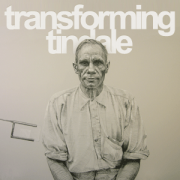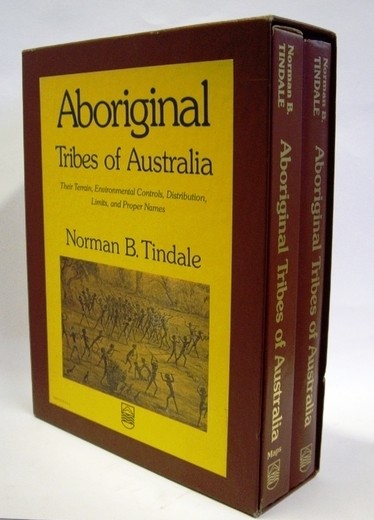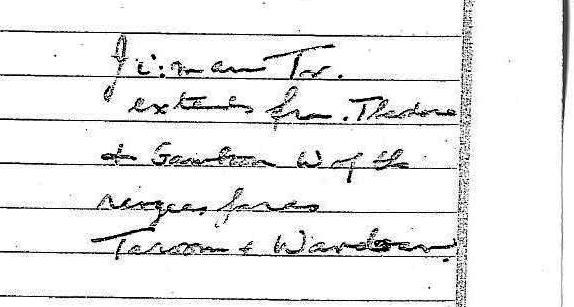The Transforming Tindale exhibition highlights some of the many stories behind photographs taken during Norman Tindale's anthropological expedition of 1938-1940

Tindale's other major work involved the mapping and distribution of Aboriginal people and their languages - it was a lifetime project that commenced in the 1920's and finally published in 1974 as Aboriginal Tribes of Australia: their terrain, environmental controls, distribution, limits and proper names. This research was quite a monumental task as Tindale explored the idea that Aboriginal people did not wander aimlessly but had cultural and familial connections to areas of land and that each group had a 'tribal boundary'.

The full Tindale Collection is housed in the South Australian Museum and comprises journals, papers, sound and film recordings, drawings, maps, photographs, vocabularies and personal correspondence. The State Library of Queensland has obtained copies of the genealogical materials collected from the Queensland communities of Yarrabah, Cherbourg, Mona Mona, Palm Island, Woorabinda, Bentinck Island, Doomadgee and Mornington Island, as well as two northern New South Wales communities at Boggabilla and Woodenbong.
In my role and work with communities, there is great interest in the language materials that Tindale collected during his work as well as the language boundaries he compiled into two maps, both of which are held at the State Library: Map showing the distribution of the Aboriginal Tribes of Australia published in1940 and a more comprehensive version Tribal Boundaries in Aboriginal Australia published in 1974 and commonly referred to as the 'Tindale Map'.
While much of this work is open to critical analysis and there are discrepancies in the boundaries, community language workers often refer to the Tindale Map as a good starting point when identifying the languages of a region and gaining an insight into what research has previously taken place.
An important piece of information for language research is the Community Sheet which highlights the family connections of individuals that Tindale interviewed; in addition, Tindale would note the location and language grouping of key individuals in the extended family trees. Tindale also had a habit of making notes regarding language and culture directly onto the Community Sheet - this information adds to the language revival process in a community.

The image above is an extract from Tindale's Woorabinda Sheet 44 which features several families from South-West Queensland, notably Taroom, Roma and Mitchell districts. The transcript reads as follows: ‘Ji:man tribe extends from Theodore and Camboon West of the Ranges as far as Taroom and Wandoan.' This information provides an insight into the Yiman people at the time of contact; the Hornet Bank and Cullin-la-ringo massacres changed the cultural landscape of the region with very little language documented.
A preliminary language mapping exercise of the Tindale Woorabinda Sheets has identified 72 languages present at Woorabinda in 1938, when Tindale and Birdsell visited the community; a further 15-20 languages are not clearly identified within the documents. During the second World War, people from Hope Vale Community were sent to Woorabinda, bringing with them their languages of Far North Queensland, including Gugu Yimithirr which is still spoken at Woorabinda! This information supplements linguistic surveys undertaken during the 1950-60's and allows researchers to build a comprehensive language profile of the community.
There is a current research project involving the University of Queensland and the Woorabinda community, including the Indigenous Knowledge Centre, which has a focus on 'language mapping'. The State Library has provided support to the project and is looking forward to outcomes of this important work.
For further details on the Tindale Community Sheets, visit the State Library's Tindale Genealogical Collection.
Des Crump - Indigenous Languages Researcher, State Library of Queensland
Comments
Your email address will not be published.
We welcome relevant, respectful comments.